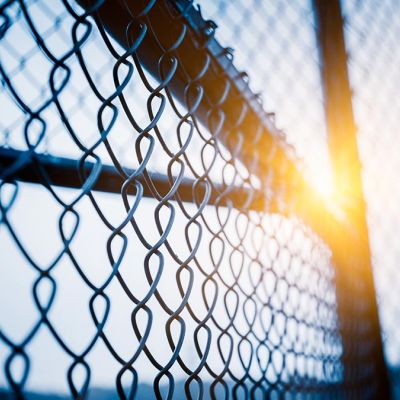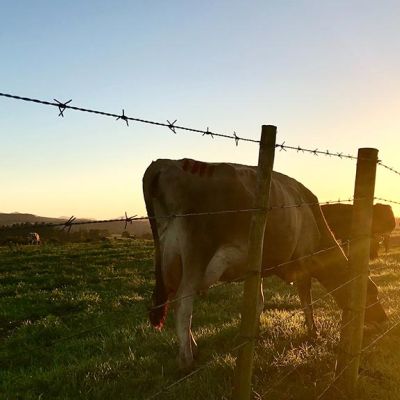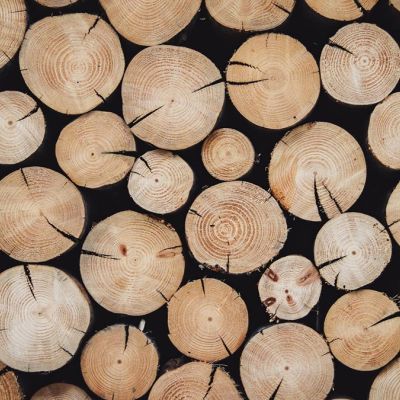WANT A GREAT DEAL?
Add products & we'll be in touch soon!

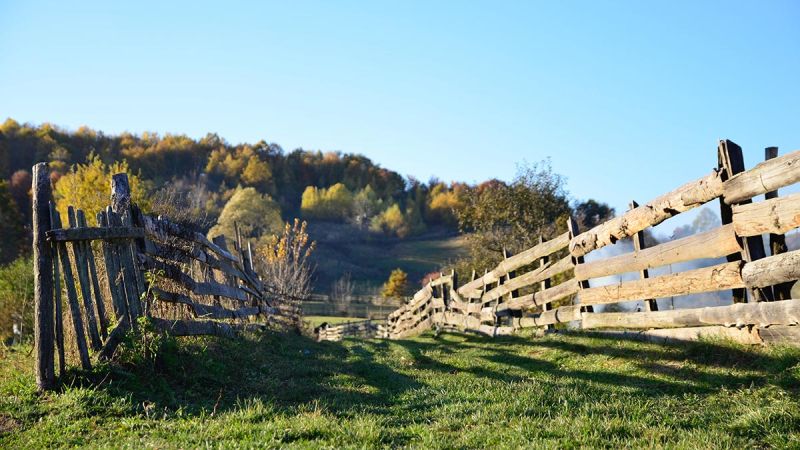
How to Tell if Your Fence Needs Replacing
So here are six tell-tale signs that your fence is beyond repair.
1. Leaning Fence
Most sections, if not all, of your fence are leaning to one side. This is common for many farm fences in Australia in which wire, chain mesh and wooden fences are used, this means your fence is in need of replacement.
Why it happens?
Wire and wooden fences will often lean to one side due to constant exposure to heavy rains and strong winds. The shifting of the ground is also another reason why fences will slowly fall. Due to these natural elements, the general structure of your fence can tend to lose its strength after several years.
Although much more durable than wire or wooden fences, steel fences can also fall to one side after several years of service especially due to the natural movement of the soil. This may take much longer to naturally happen than the wood or wire structures.
Another reason why your fence is leaning to one side is that the post holes may not be deep enough to resist the tension. When the depth of the holes are too short by even a few centimetres, the fence can lose strength and collapse.
When to replace?
A section of the fence leaning to one side can be repaired. But if there's a general leaning throughout the entire structure, it's time to look up for new fencing products and replace the old one.
2. Storm Damage
Your fence has completely fallen to the ground after extreme windy and/or rainy weather conditions.
Why it happens?
Obviously, the strong winds and heavy rains caused the damage to your fence. But the real question is, "why has the fence been damaged by the storm?"
One common reason for this is that the fence may have been poorly installed i.e. the post holes are shallow or the base is not secure enough.
Another reason is that the timber used as the fence posts are not pressure-treated, and thus, not generally suitable for outdoor installation. In the case of steel fences, posts made from lightweight aluminium can be uprooted by storms.
Lastly, storm damaged fences can also be cause by the wood posts already rotting or steel posts already bent or corroding, and thus, have lost stability.
When to replace?
Storm-damaged fences need to be replaced immediately for the safety and security of the perimeter. Replacement is even more imperative for rural fencing, wherein farm animals need to be contained within a safe area. Broken timber posts need to be replaced as soon as possible because the exposed parts will be susceptible to rotting, making them unreliable in providing stability to the fence. You may have to change the entire fence if you discover that the storm damage is due to poor installation.
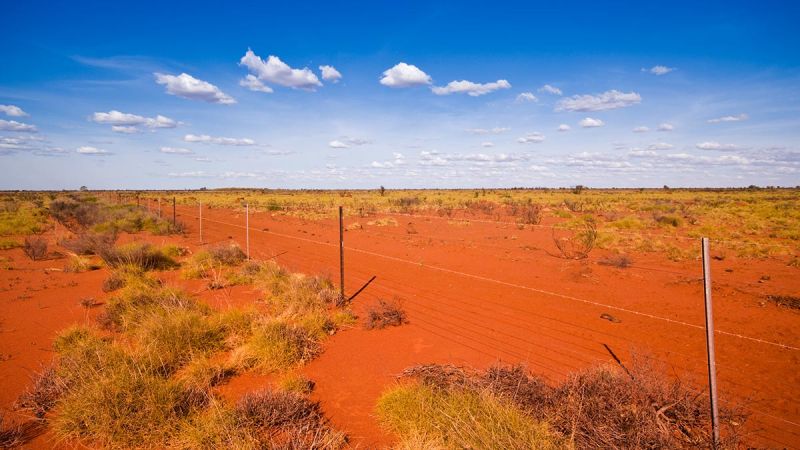
3. Broken Posts or Sections
If some of the wooden posts on your fence are cracking and splitting, this is not only a security and safety issue, it makes your property look run-down. At DTS, we stock PERMApole, CCA-treated wood intended for outdoor use, which will help overcome the issue of broken or rotting wooden fence posts.
Why it happens?
Even the best woods in the market can deteriorate after years of exposure to weather elements. Furthermore, the cycle of freezing and thawing as the season changes throughout the year can ruin even good wooden posts over the long run.
When to replace?
A single or a few posts missing across the fence can be replaced and repaired. However, if the entire fence is affected, it may be time to replace the fence entirely. You'll also have to decide whether simply replacing the posts will save you more money than changing the entire fence. If replacing the entire fence is a more practical option, this is also the perfect time to look at installing a new type of fencing, have a look at our article discussing wood vs steel fence posts for some more info.
4. Missing or Loose Fixings
Nails, screws, bolts and other fence fasteners can become loose or fall off. This can naturally happen over time, and the wood posts can become wobbly as they are not able to withstand the installation of new fixings.
Why it happens?
There are several reasons why fasteners can be problematic in fences. For one, it's natural for the screws, nails or bolts to unfasten after years of service especially when there's constant vibration or shifting on the ground.
Another reason is that the fastener's component may not be compatible with the materials being attached. For example, in wooden fences, redwood or cedar should be fastened with double hot-dipped galvanised stainless steel nails or screws to avoid corrosion stains or acidic reactions. Pressure-treated wood fences, on the other hand, are to be used with hot-dipped galvanised polymer-coated stainless steel fasteners. Silicon copper/bronze fixings are also ideal.
When to replace?
A few missing or falling fasteners can be fixed conveniently, but if they're too many of them, you will want to change the structure entirely. Especially in old fences with wobbly boards, the wood may have deteriorated and can't be secured by new nails or screws any longer. This means the entire fence has lost its structural integrity and needs to be replaced.
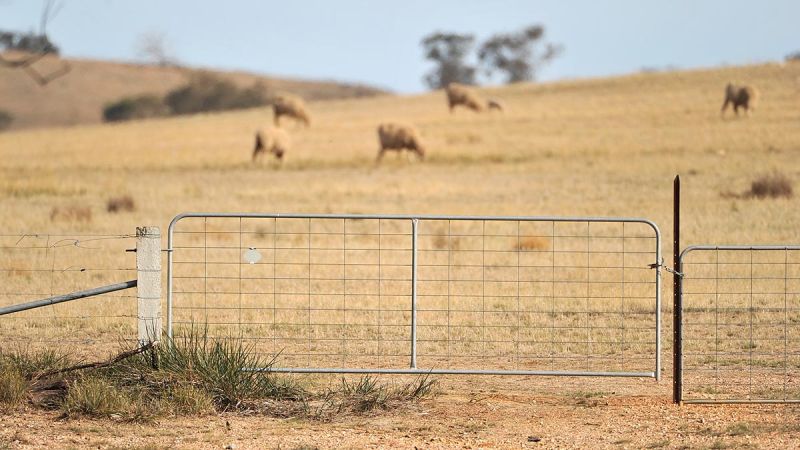
5. Wood Rotting or Moulding
The wooden pickets, boards and posts of the fence are showing signs of rotting and/or moulding especially in parts closest to the ground. Discoloration is also an obvious sign of this, with the wood having greyish or yellowish stains.
Why it happens?
Wood is generally susceptible to rotting when exposed to water, moisture and outdoor elements. Over time, your wooden fence can naturally show signs of rotting, the degree of which will depend on the type of wood being used. The rotting becomes more prevalent on the parts near the ground due to moisture.
When to replace?
A single rotting board can be easily replaced. Also, applying preservative and observing regular maintenance can help prevent or at least reduce rotting on your wood fences. When opting for new wood fencing, consider using treated lumber because it is more resistant to mould and rot.
6. Uprooted Fences near a Large Tree
If some sections of the fence are sagging and tipping over, this can mean they have been pushed out of the ground by tree roots forcing their way underneath.
Why it happens?
Root incursion happens when the fence is crossing the roots of a large tree nearby. The fence posts are being pushed out or deformed as the tree roots grow larger. This damage will not be noticeable immediately because it takes several years to happen since the growth of the roots is a slow process.
When to replace?
This fence problem can be fixed by cutting the encroaching roots and burning the ends. But if this is not an option for you, the entire fence should be replaced. A new plan on how the fence goes around the property should be made with consideration of the growth of the tree.
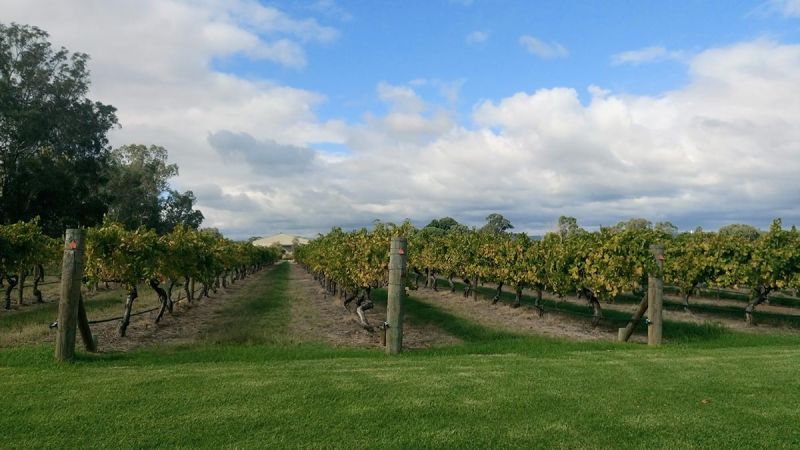
Repair Costs vs. Replacement Costs
Most often, a financial assessment can help you decide whether it's time to replace your fence or simply fix parts of it. Try to estimate the costs of simply repairing your fence and compare it with having a new one installed while also considering non-financial aspects i.e. security and safety in the property. Most often, it'll be more practical to invest a little more in order to have a new fence that will last for several years than to fix an old one which will lose its reliability again in a few months or so.
Popular Articles

Company
123 Kelvin Road
Maddington WA 6109
P: 1300 123 387 (DTS)
E: [email protected]
Opening Hours
6:30 AM - 5:00 PM Mon-Fri
7:30 AM - 12:00 PM Sat
Closed Public Holidays









